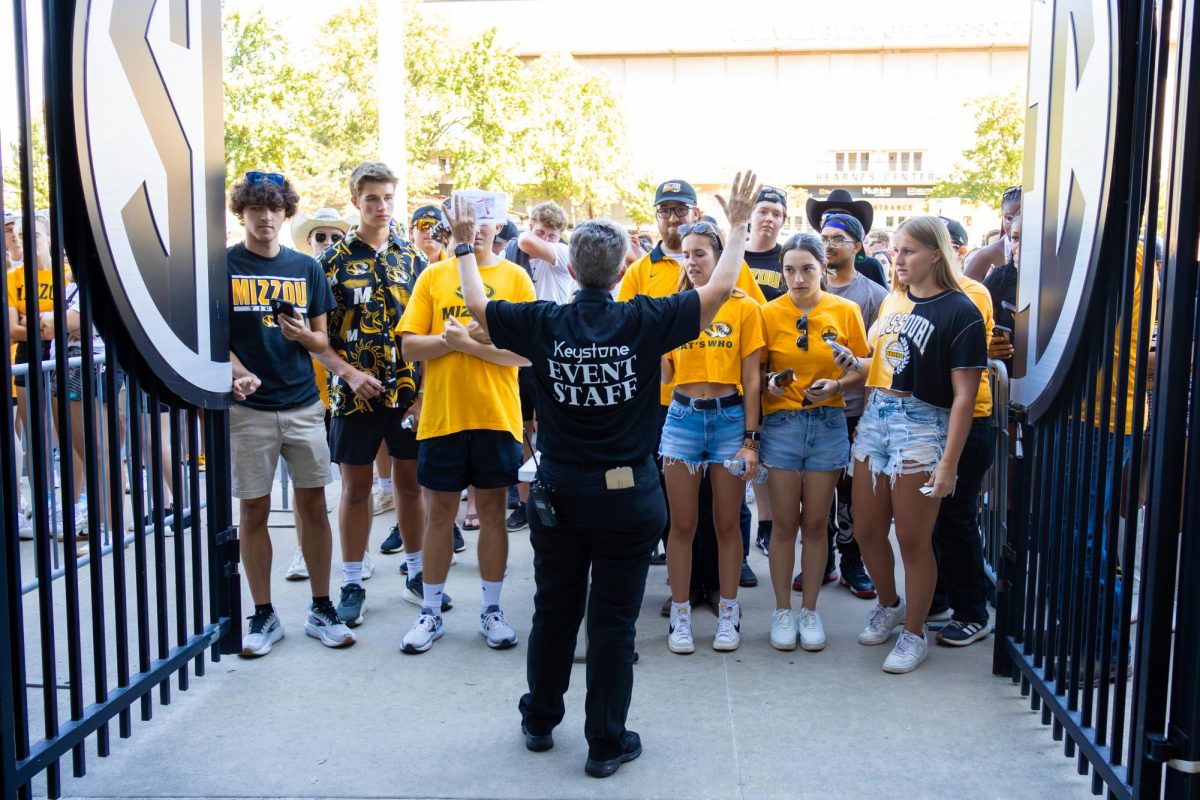An MU project to treat pancreatic cancer using gold nanoparticles is one of several health initiatives across the four-campus system highlighted by the UM System’s new website.
In a new campaign, the university if focusing on contributions by members of its campuses advancing the state of Missouri in fields such as healthcare, economy, art and culture and competitiveness.
“Once we realized there was a communication understanding gap about the university we decided to brainstorm internally about ways to combat that,” UM System spokeswoman Jennifer Hollingshead said. “We decided that a communications campaign geared toward communicating the impact of the university might go a long way in that endeavor.”
Kattesh Katti, radiology professor and senior research scientist at the MU Research Reactor, and assistant radiology professor Raghuraman Kannan are testing the effectiveness of these particles in radiotherapy for shrinking cancerous tumors.
Their goal is to create a treatment that will shrink inoperable tumors until they are operable again.
“To the best of our knowledge, we are the first group in the world who have been able to produce radioactive gold nanoparticles coated with biocompatible Gum Arabic protein within our nuclear reactor here,” Katti said.
The process involves injecting the gold nanoparticles directly into the tumor, which Katti says minimizes the toxic side effects of radiation therapy by avoiding the particles traveling through the body.
“Gold is the only element in the periodic table which retains nanoparticle properties at nanoparticle size,” Katti said. “Gold is the only element that remains unoxidized at the nanoparticulate level.”
The research team has tested the treatment on prostate tumors in mice. Katti said the data clearly shows single injections of the radioactive nanoparticles reduced tumor growth to unprecedented levels.
“What we have seen so far is there are no toxic side effects and the tumors have reduced in size to almost 80 or 85 percent of their original size,” Katti said. “This is for real. It’s not a hypothesis.”
Although it has only been tested on prostate cancer, this radiotherapy would work on a variety of cancers, including breast and pancreatic cancers.
Tests on larger animals, such as dogs, are in progress and only limited data is available. Katti expects testing on humans to begin in about 18 months. Initial tests will be on the safety of the treatment in humans.
“Once we determine safety in humans, we will begin testing human patients to determine drug efficacy,” Katti said. “It is never a fast track. There is no such thing, but we have been very happy so far with the progress that we have made.”
Kannan said the project is a collaboration between him and many faculty at the university, including Katti and Cathy Cutler, senior research scientist at MURR who helped in the production of the nanoparticles.
“It’s an example of team effort,” Kannan said. “The work has to be shared by everyone.”







